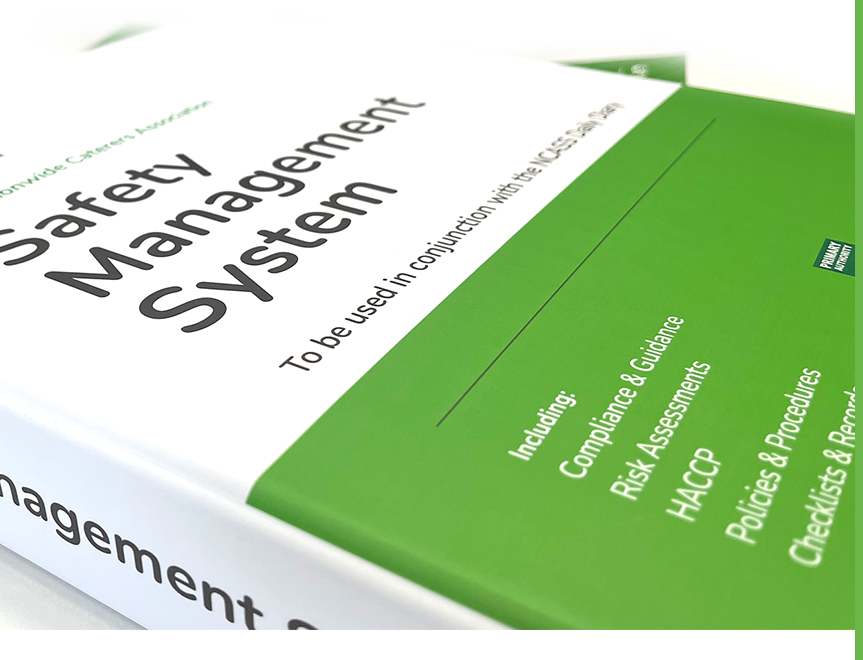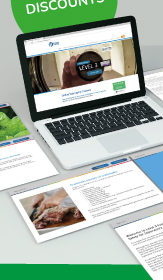A heatwave has engulfed the UK this week and left many people heading to their local beaches to sizzle in the sunshine. Scorching weather however, has left many workers asking how hot is too hot?
We examine the law around working in very high temperatures and outline ways in which you can make your environment more comfortable for staff.
Working outdoors
When working outdoors the effects of the weather in the UK environment can potentially have a serious impact on an employee’s health if the risks have not been considered or properly managed. This impact may be immediate, or it may occur over a long time period.
When working outdoors the weather can have influence an individual’s effectiveness and this is not readily managed using just engineering controls. In these circumstances some of the most effective ways of managing these environments are to introduce some simple administrative controls for example:
Cold environments
- ensure the personal protective equipment issued is appropriate
- provide mobile facilities for warming up, and encourage the drinking of warm fluids such as soup or hot drinks
- introduce more frequent rest breaks
- consider delaying the work – can it be undertaken at warmer times of the year without compromising on safety?
- educate workers about recognising the early symptoms of cold stress
Hot environments
- reschedule work to cooler times of the day
- provide more frequent rest breaks and introduce shading to rest areas
- provide free access to cool drinking water
- introduce shading in areas where individuals are working
- encourage the removal of personal protective equipment when resting to help encourage heat loss
- educate workers about recognising the early symptoms of heat stress
Working in the sun
Too much sunlight is harmful to your skin. It can cause skin damage including sunburn, blistering and skin ageing and in the long term can lead to an increased risk of skin cancer. Skin cancer is one of the most common forms of cancer in the UK with over 50,000 new cases every year.
A tan is a sign that the skin has been damaged. The damage is caused by ultraviolet (UV) rays in sunlight.
Who is at risk?
If work keeps you outdoors for a long time your skin could be exposed to more sun than is healthy for you. You should take particular care if you have:
- fair or freckled skin that doesn’t tan, or goes red or burns before it tans
- red or fair hair and light coloured eyes
- a large number of moles
Indoor workplaces
You should provide:
- a reasonable working temperature in workrooms – usually at least 16°C, or 13°C for strenuous work (unless other laws require lower temperatures)
- local heating or cooling (ie making best use of fans, opening windows, using radiators) where a comfortable temperature cannot be maintained throughout each workroom (eg hot and cold manufacturing processes)
- thermal clothing and rest facilities where necessary, eg for ‘hot work’ or cold stores
- heating systems which do not give off dangerous or offensive levels of fume into the workplace
- sufficient space in workrooms
When people are too hot
You can help ensure thermal comfort in warm conditions by:
- providing fans, e.g., desk, pedestal or ceiling-mounted fans
- ensuring that windows can be opened
- shading employees from direct sunlight with blinds or by using reflective film on windows to reduce the heating effects of the sun
- siting workstations away from direct sunlight or other situations or objects that that radiate heat (eg plant or machinery)
- relaxing formal dress code – but you must ensure that personal protective equipment is provided and used if required
- allowing sufficient breaks to enable employees to get cold drinks or cool down
- providing additional facilities, eg cold water dispensers (water is preferable to caffeine or carbonated drinks)
- introducing formal systems of work to limit exposure, eg flexible working patterns, job rotation, workstation rotation etc
- placing insulating materials around hot plant and pipes
- providing air-cooling or air-conditioning plant





 Featured Training
Featured Training
OUR MEMBERSHIP
We're here to help make your catering business a success. Whether that be starting up or getting on top of your compliance and marketing. We're here to help you succeed.
Want our latest content?
Subscribe to our mailing list and get weekly insights, resources and articles for free
Get the emails